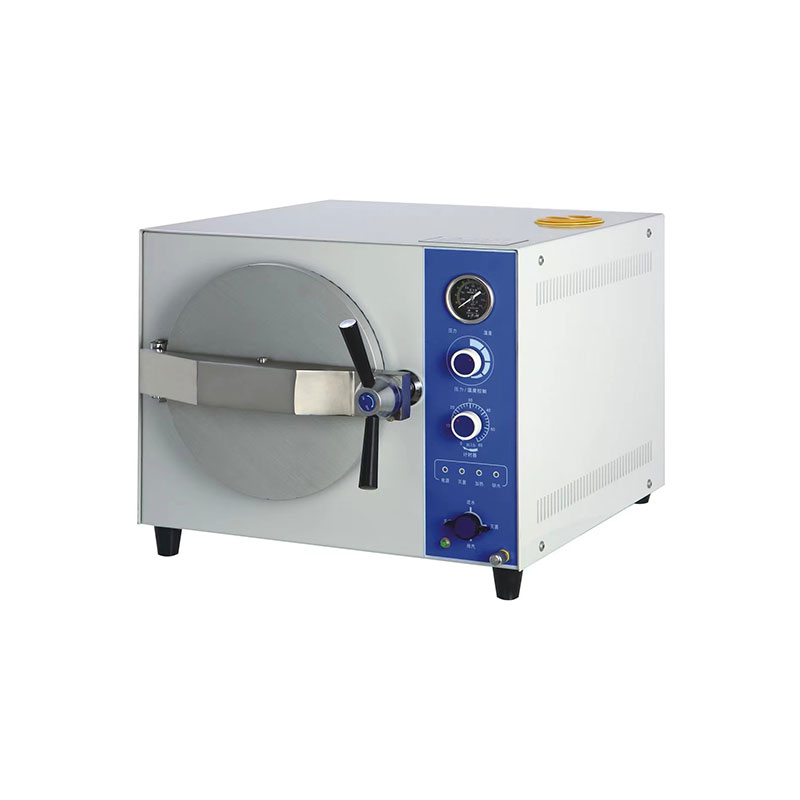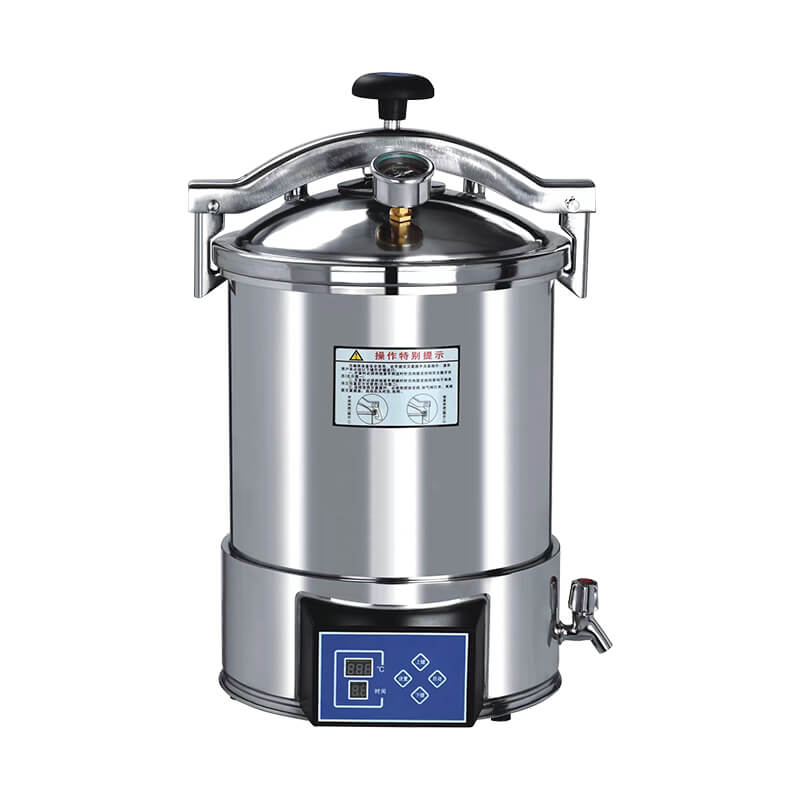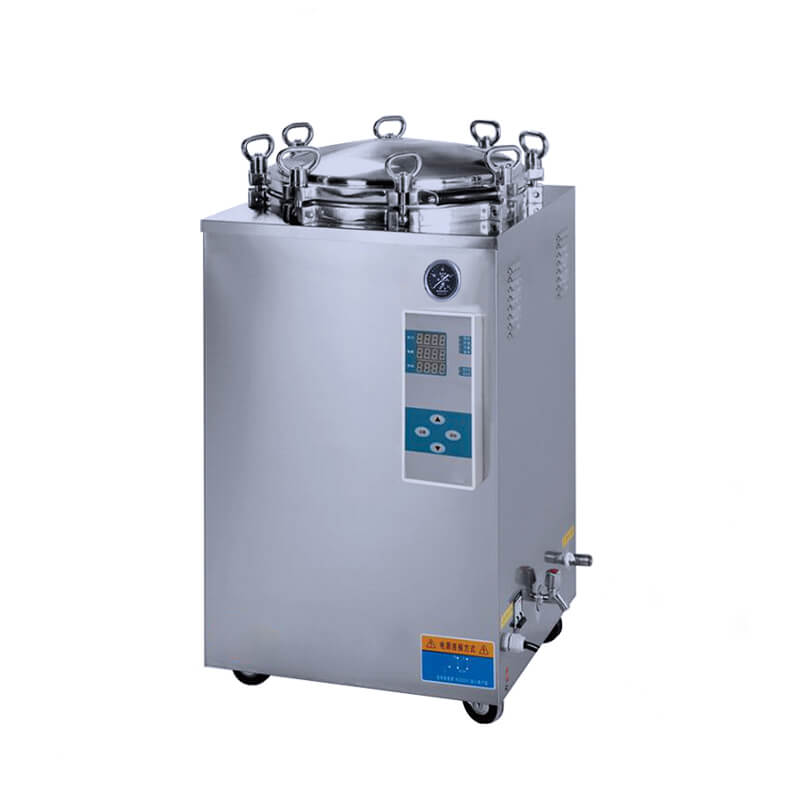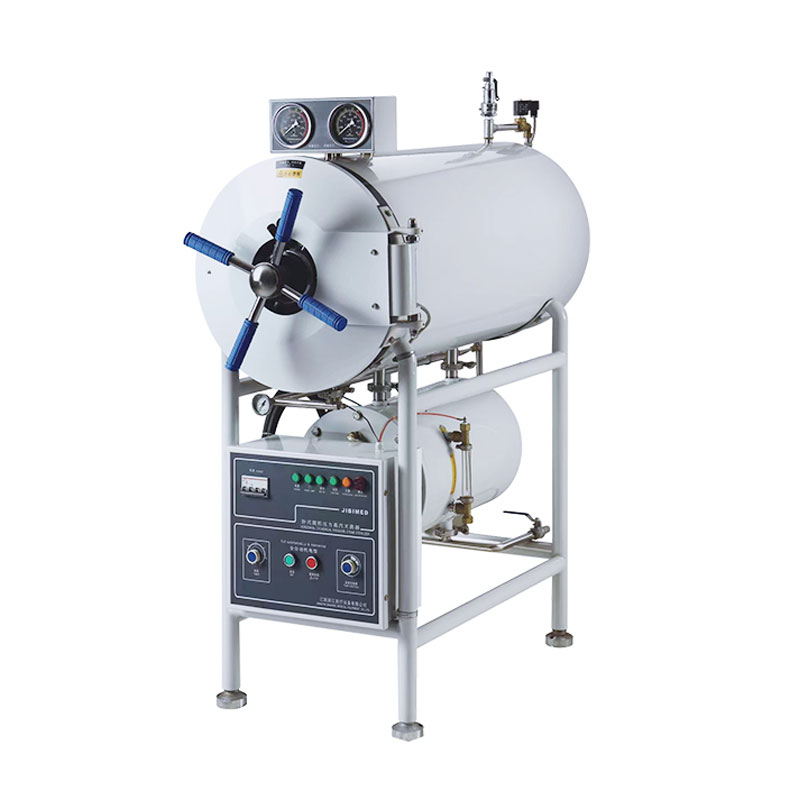Steam sterilization, also known as autoclaving, is a widely used method to achieve effective sterilization. Here are key points about steam sterilization:
- Principle: High-pressure steam at temperatures of 121°C to 134°C is used to kill microorganisms and ensure sterility.
- Versatility: Suitable for various materials, including medical instruments, laboratory equipment, and surgical dressings.
- Microbial Inactivation: Kills bacteria, viruses, fungi, and spores by disrupting their cellular structure and metabolic processes.
- Penetration and Uniformity: Steam can reach all surfaces and crevices, ensuring thorough sterilization.
- Speed and Efficiency: Offers rapid sterilization cycles and reliable results.
- Environmental Friendliness: Doesn’t require chemicals and is considered eco-friendly.
- Validation and Monitoring: Regular testing and maintenance ensure the effectiveness of the sterilization process.
Steam sterilization is a trusted method that provides reliable and efficient sterilization for a wide range of objects in various industries.
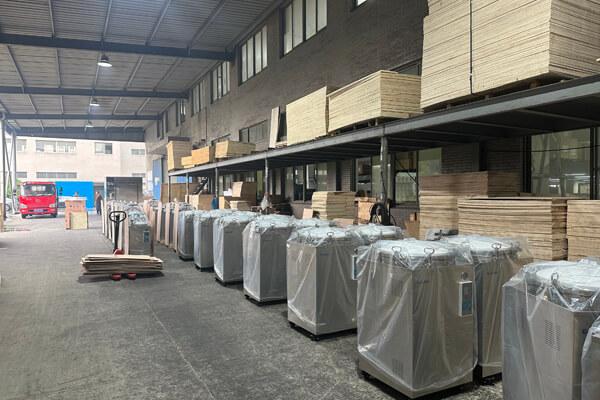
Steam Sterilization
What are the 3 types of sterilization?
Heat Sterilization:
This method uses high temperatures to kill microorganisms. It includes techniques such as steam sterilization (autoclaving), dry heat sterilization, and flaming.
Chemical Sterilization:
Chemical agents, such as ethylene oxide gas or hydrogen peroxide, are used to eliminate microorganisms. This method is suitable for heat-sensitive materials.
Radiation Sterilization:
Microorganisms are destroyed using ionizing radiation, such as gamma rays or electron beams. This method is commonly used for sterilizing medical supplies, pharmaceuticals, and disposable items.
What is the disadvantage of steam Sterilisation?
While steam sterilization (autoclaving) is a highly effective method of sterilization, it does have a few disadvantages to consider:
Heat and Moisture Sensitivity
Some materials may be sensitive to high temperatures and moisture, which can lead to damage or degradation during the sterilization process. Heat-sensitive plastics, electronics, and delicate instruments may not be suitable for steam sterilization.
Longer Cycle Times
Steam sterilization typically requires longer cycle times compared to other methods. The process involves heating the chamber, reaching the desired temperature, maintaining it for the required time, and cooling down before items can be removed. This extended cycle time may affect workflow efficiency.
Space and Equipment Requirements
Autoclaves are often large and require dedicated space. Their size and weight can make them less portable and suitable for certain settings. Additionally, the initial cost of equipment and ongoing maintenance expenses should be considered.
Limitations with Heat-Sensitive Items
Steam sterilization may not be suitable for heat-sensitive items like delicate instruments or certain materials with sensitive components. Alternative sterilization methods may be needed for these items.
Is steam sterilization better than heat sterilization?
Effectiveness
Both methods are highly effective in killing microorganisms and ensuring sterilization when performed correctly.
Material Compatibility
Steam sterilization is versatile and suitable for a wide range of materials, while heat sterilization may be more appropriate for heat-resistant items or those sensitive to moisture.
Penetration and Uniformity
Steam has excellent penetration capabilities, reaching all surfaces and crevices for thorough sterilization. Heat sterilization methods may have limitations in reaching certain areas or achieving uniformity.
Speed and Efficiency
Steam sterilization typically offers faster cycle times compared to heat sterilization methods due to the combination of high temperature and moisture.
Equipment Availability
Steam sterilization requires autoclaves, which are commonly available in healthcare facilities, laboratories, and industrial settings. Heat sterilization methods may require specific equipment or techniques.
Compatibility with Heat-Sensitive Items
Heat sterilization methods may be preferred for items sensitive to high temperatures and moisture, while steam sterilization may not be suitable for such heat-sensitive materials.
Why Autoclave is The Best Method of Sterilization
Autoclaving stands out as a highly effective method of sterilization for several reasons: 1.Comprehensive Microbial Elimination: Autoclaves use high-pressure steam, typically at temperatures above 121°C
Why is autoclaving done for 15 minutes?
The reason high-pressure sterilization typically takes 15 minutes or more is to ensure the thorough elimination of various microorganisms, including bacteria, viruses, fungi, and spores.
How an Autoclave Works
The high-pressure sterilizer functions based on a fundamental principle that leverages elevated temperature and pressure to achieve potent disinfection. Here’s a simplified explanation of its
How to clean autoclave monthly
Regularly cleaning and maintaining the high-pressure sterilizer each month is essential to ensure its proper functioning and effectiveness in disinfection. Here are the general steps
How Does an Autoclave Work
A high-pressure sterilizer operates by placing objects within a sealed chamber and introducing high-temperature, high-pressure steam. The working process can be summarized in the following
What is Autoclave Sterilization
High-pressure sterilization is a process that utilizes high-pressure steamand elevated temperatures to eliminate microorganisms on the surface and withinan object. In this procedure, the object

